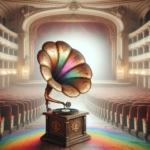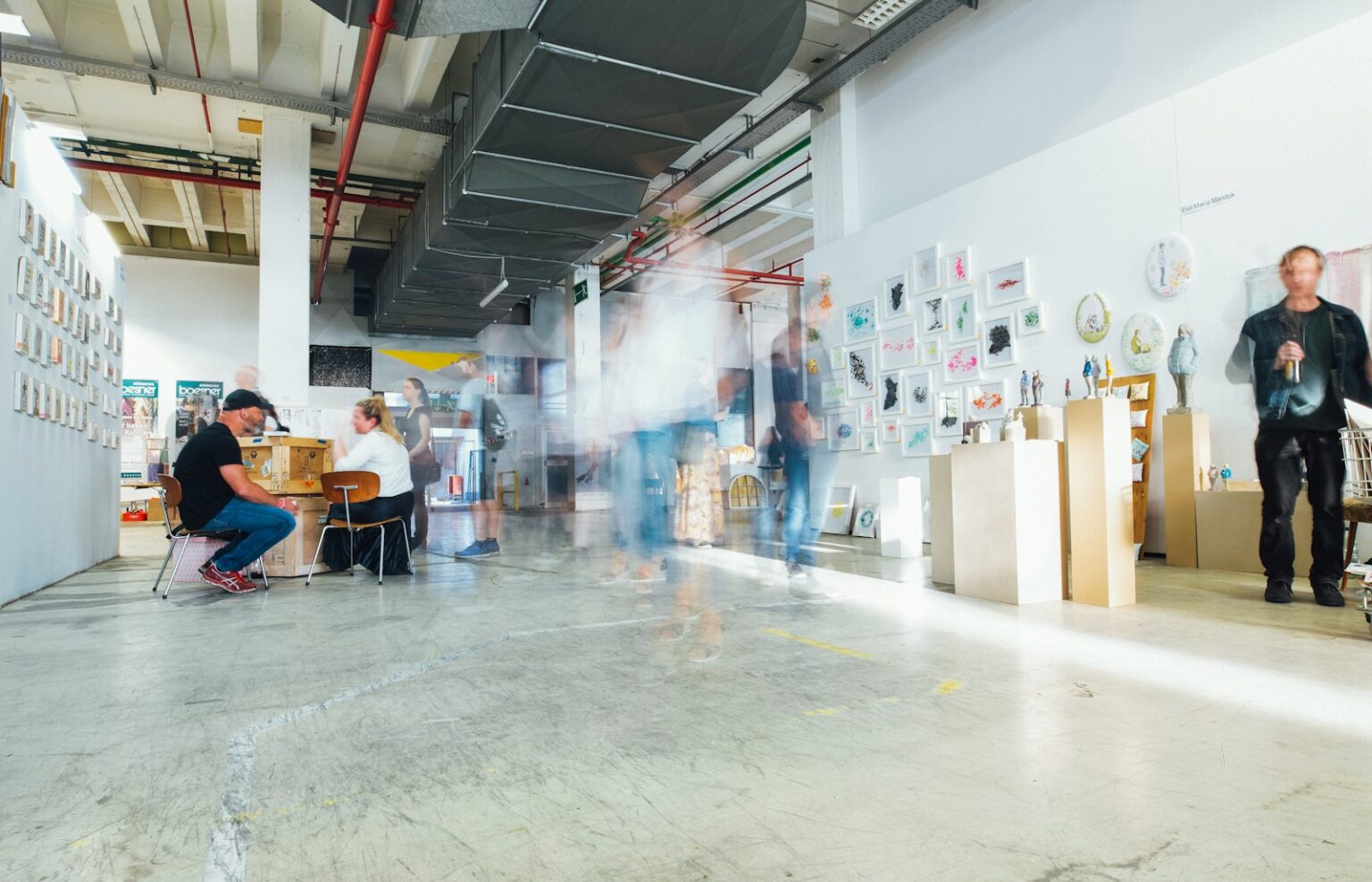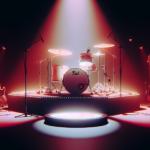Edvard Munch, the Norwegian artist known for his iconic painting “The Scream,” is the subject of a new exhibition at the National Portrait Gallery in London. The show focuses on Munch’s portraits, which offer a glimpse into the artist’s life and the people who influenced him. The exhibition includes over 40 of Munch’s portraits, ranging from early works to later masterpieces.
One of the standout pieces is a portrait of Dr. Daniel Jacobson, who treated Munch for acute alcohol-induced psychosis in 1908. The painting shows Jacobson standing tall with his hands on his hips, radiating intelligence and confidence.
Another striking work is a portrait of the German physicist Felix Auerbach, depicted with a blood-red mouth and flaming eyes against a crimson background flecked with stars. Munch’s portrait of the Swedish writer August Strindberg is also notable, with a shadowy presence behind Strindberg that could be seen as a psychic double. The exhibition also includes a compelling portrait of Elisabeth Förster-Nietzsche, the sister of philosopher Friedrich Nietzsche, rolling straight towards the viewer in a formidable dress.
The text notes that Elisabeth became increasingly nationalist and antisemitic during Hitler’s rise to power in the 1930s. While the show features some remarkable individual pieces, the definition of portraiture sometimes feels narrow, with biographical anecdotes often taking precedence over the visual impact and significance of the imagery. The exhibition emphasizes a selection of loans that leaves one wondering what could have been achieved with a larger, stronger selection of significant works from Norway.
Despite this, the exhibition offers a fascinating look at Munch’s portraits and the people who shaped his life and art.
munch’s psychological portraiture focus
The show runs until June 15 at the National Portrait Gallery in London.
Munch’s portraits often provoked strong reactions, ranging from critical acclaim to outright hostility. In 1892, an exhibition of his work in Berlin had to be closed after just one week due to the intense uproar it caused. Critics and the public expressed horror and outrage at Munch’s unconventional style and themes.
Munch’s use of bold colors and abstract forms was intended to convey psychological and emotional states, which diverged sharply from the more traditional approaches of his contemporaries. This led to heated debates and even physical altercations among attendees at the Berlin exhibition. Munch also received death threats from individuals who were deeply offended by his portrayal of the human condition.
Despite this adversity, Munch’s influence on the world of art has been profound and enduring. His ability to evoke intense emotions and provoke thought remains a testament to his genius. The exhibition at the National Portrait Gallery features five must-see works that showcase Munch’s talent for capturing subtle and probing studies of his subjects.
These include “Tête-à-tête,” an early example of Munch’s narrative style; “Laura,” a poignant portrait of his sister; “Thor Lütken,” which features a painting within a painting; “The Brooch. Eva Mudocci,” a lithograph of a friend and potential lover; and “Model with a Green Scarf,” a respectful portrayal of Munch’s chauffeur. The exhibition offers a unique lens on Edvard Munch’s portraiture and the nuanced psychological landscapes he captured.
It provides fresh insights into the life and artistic evolution of one of the most influential artists of the modern era.
Photo by; Markus Spiske on Unsplash













